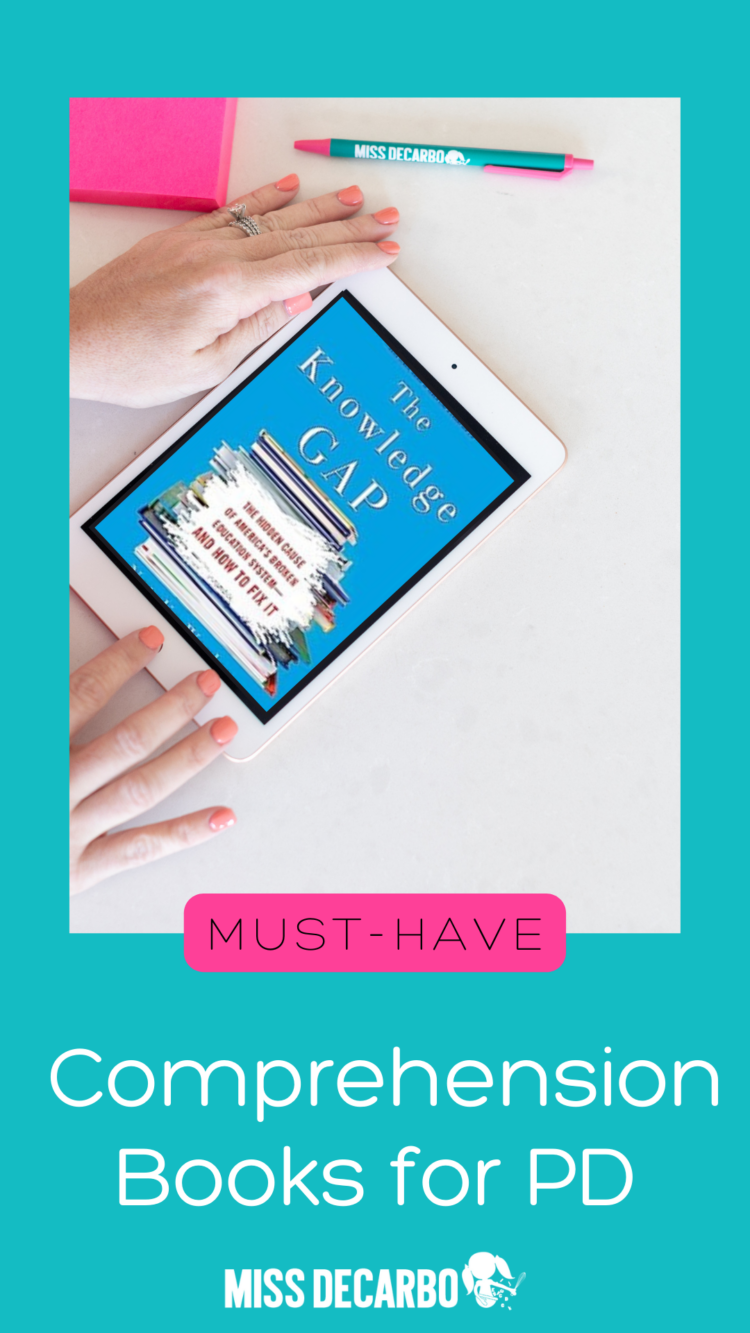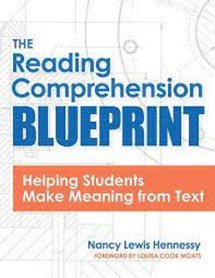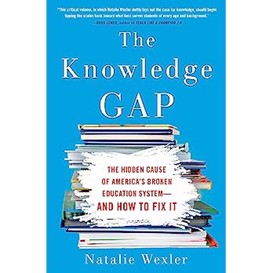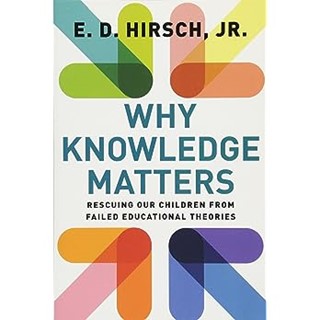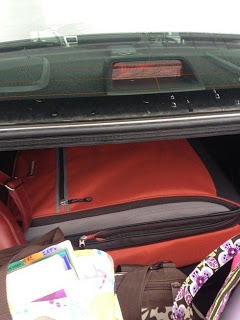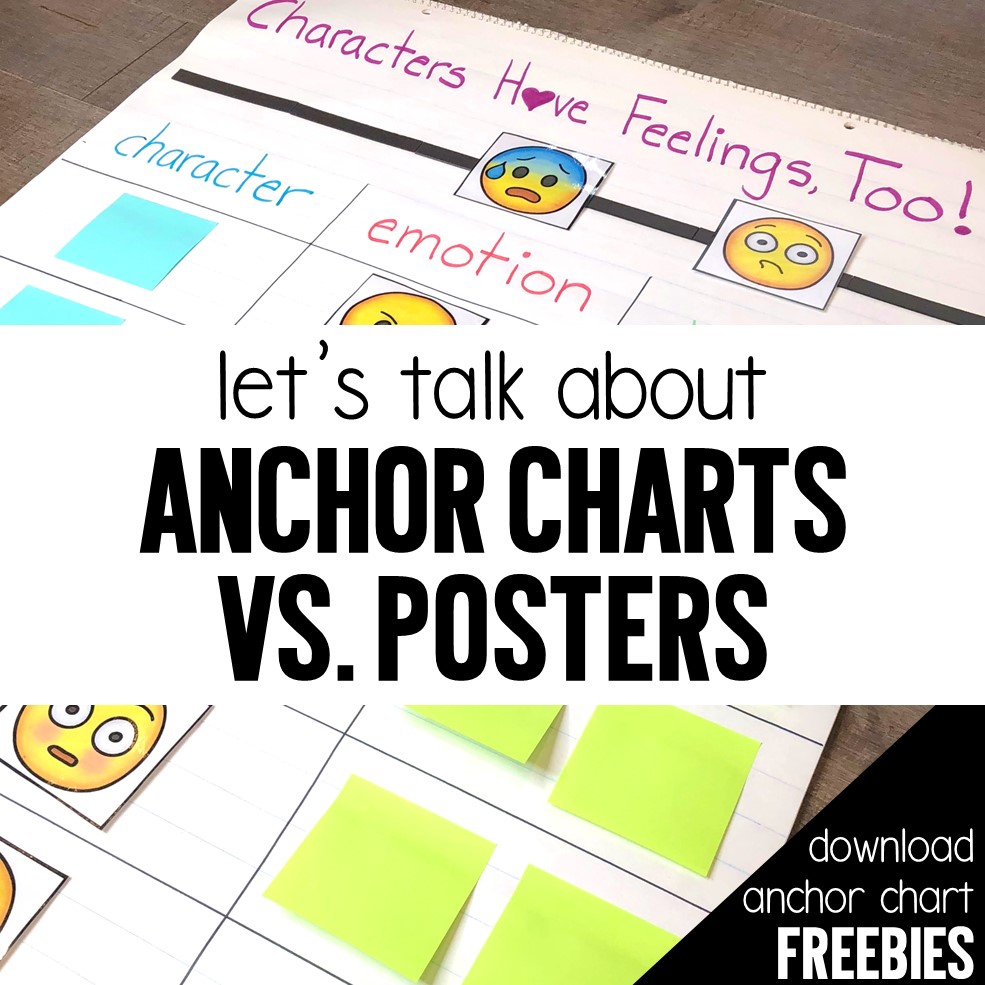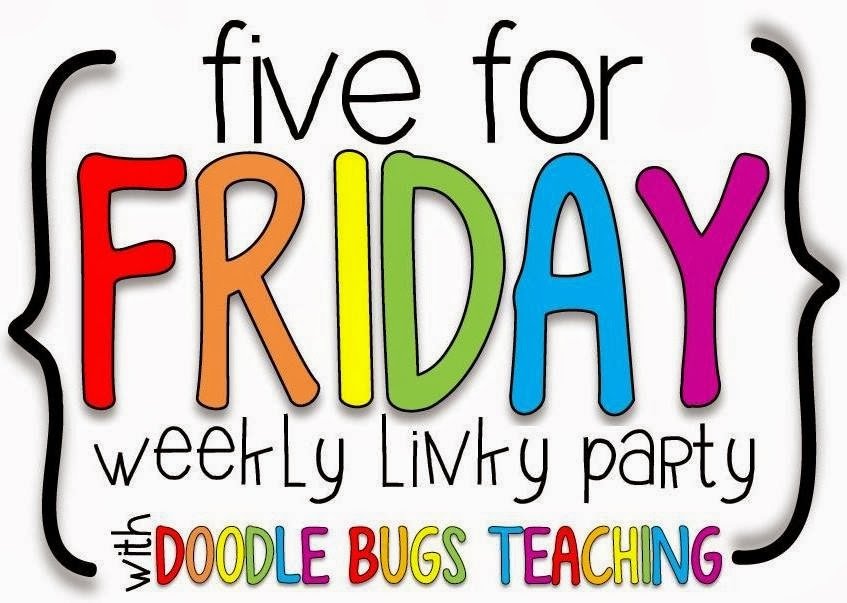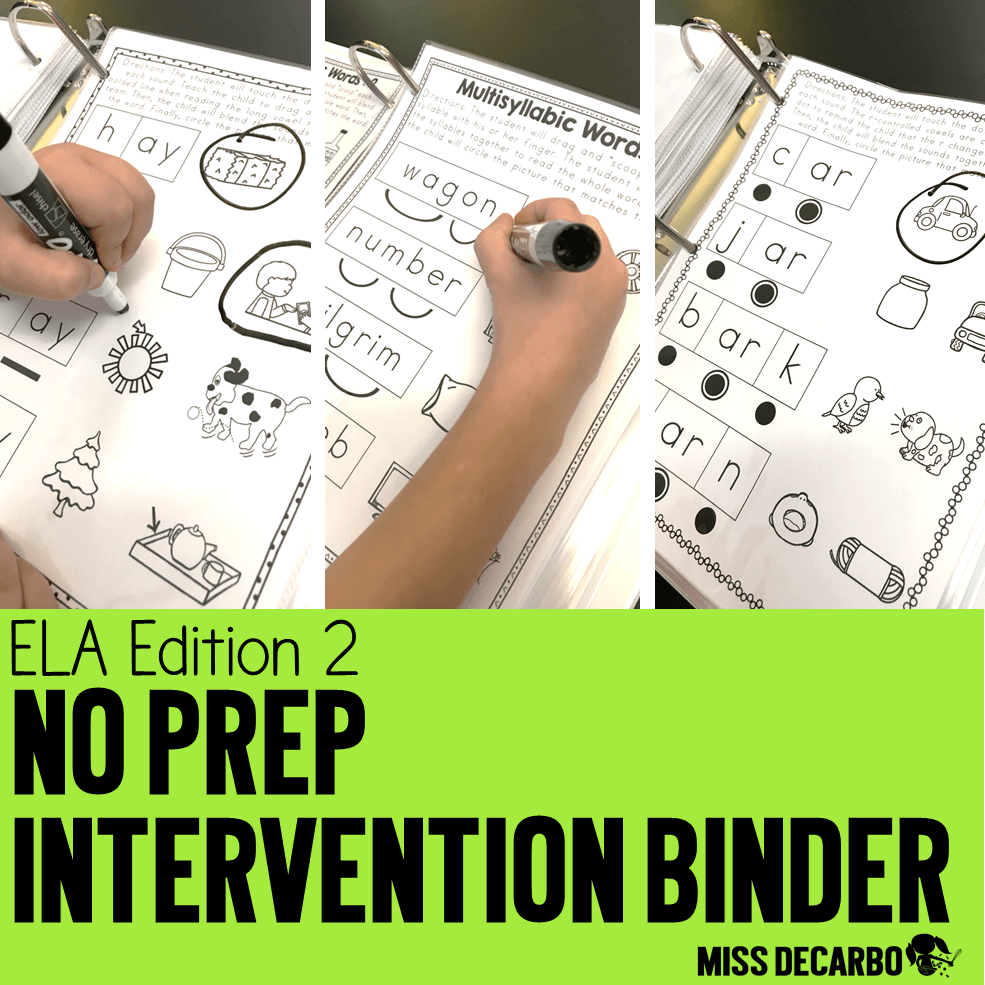3 science of reading comprehension books i love
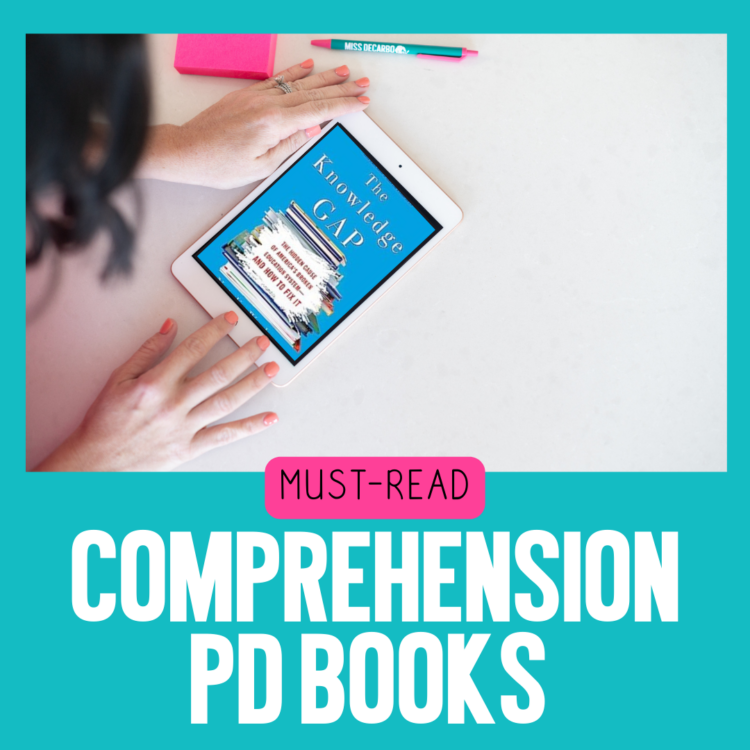
Today I’m sharing my favorite science of reading comprehension books for professional development. This post includes a short but powerful list of books that I have found to be excellent for understanding reading comprehension and how to teach it with best-practices. If you’re looking for resource books to read during your science of reading journey, this list of books is for you!
Within this list, you’ll find some Amazon affiliate links, which means Amazon throws a few cents my way if you happen to purchase something from those links – at no extra cost to you. I hope you find the links convenient and helpful!
science of reading comprehension reminders
One of the most important things to remember when we refer to the science of reading is the understanding that it is not just related to phonological awareness and phonics. The upper strand to the reading rope includes an understanding of best-practices and research in how our brain builds and uses background knowledge, vocabulary, oral language development, language structure, and literacy knowledge. I enjoyed reading the following books because of their evidence-based approach to comprehension instruction. Comprehension is the product of decoding and language comprehension. Teaching strategies in isolation does not yield a reader with great comprehension. A reader needs to have knowledge about the text’s content. I hope you enjoy this book list!
The Comprehension Blueprint by Nancy Lewis Hennessy
The Reading Comprehension Blueprint: Helping Students Make Meaning from Text, by Nancy Lewis Hennessy is a must-read when it comes to teaching comprehension skills in the classroom. When it comes to a PD book that aligns to the science of reading research, this book is excellent for understanding your knowledge on the language comprehension side of the reading rope. The book includes a clear blueprint for how to organize your comprehension instruction with evidence and research based strategies and tools. Click on the the book below to check this book out on Amazon:
The Knowledge Gap by Natalie Wexler
The Knowledge Gap, by Natalie Wexler, is one of my all-time favorite comprehension resource books. In this professional book, Wexler explains a hidden cause of a broken education system- a knowledge gap. Reading is the gateway to which all other learning happens- yet for years, the education system has focused on disconnected skills rather than the knowledge that students need about history, science, how our world functions, and other essential building blocks for reading content. If you are a fan of listening to books, Natalie Wexler has this book available as an audiobook. It’s an easy and engaging text to listen to in the car while on your way to school!
Why Knowledge Matters by E.D. Hirsh, Jr.
Why Knowledge Matters, by E.D. Hirsh, Jr. further explores the research behind why knowledge is critical to providing a foundation for success. If you have read the above book by Natalie Wexler, Hirsh’s book partners nicely with it for additional information, perspective, and insights. He suggests that a solid curriculum that focuses on content is important to our schools and educational system.
build background knowledge
In all of the books suggested above, the importance of background knowledge and content is emphasized over and over again. In addition to a solid curriculum that is grounded in important content-based learning, our students need as many opportunities to engage with content as possible. They also need multiple opportunities to put their thinking into action within the classroom. See, Think, Wonder, Write is a powerful process for helping students to quickly and effectively build background knowledge on a topic of learning that is upcoming or currently being studied.
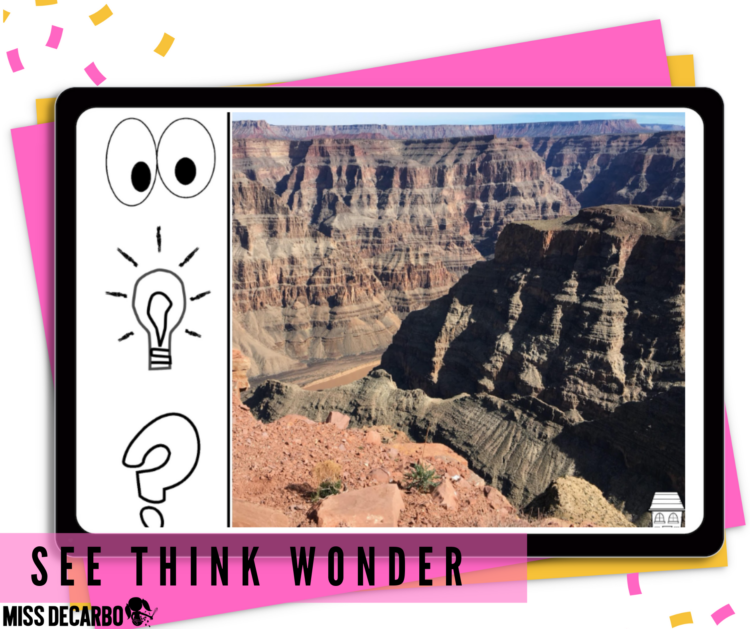
Available in a digital and paper-based format (example shown above), teachers can use an engaging photograph to spark student interest and curiosity about learning that will include topics in history, landforms, insects, animals, technology, and more! The process is simple, but effective. It can also be done only orally for students who are not yet writing, or for teachers who simply want to use the process as an oral language activity.
- See: Students will discuss and write about what they see and notice in the photograph. This part of the process allows students to draw on previous knowledge, connect what they are seeing and observing with previous learning, and sparks curiosity.
- Think: Students write about what they think they know about the topic and the photograph. They will also write and talk about the connections to other learning that they are thinking about.
- Wonder: Students are encouraged to ask questions about what they are wondering, seeing, or thinking about! Asking questions about a topic is a difficult skill for students, but really impactful for comprehending learning topics and concepts. Learn more about See Think Wonder by clicking on the image below:
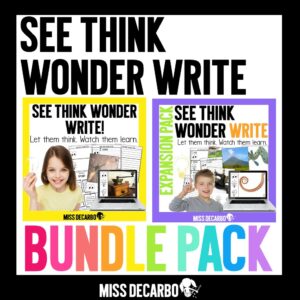
science of reading comprehension: let’s keep learning!
I hope you loved this list of science of reading comprehension books and the See Think Wonder activity to help build background knowledge and critical thinking for comprehension work. If you think any of them would be interesting or helpful for a friend or colleague, feel free to use the image below to pin this blog post for future reference! If you loved this blog post, you might be interested in the following blog post on PD books and resources that I used in my science of reading journey.
